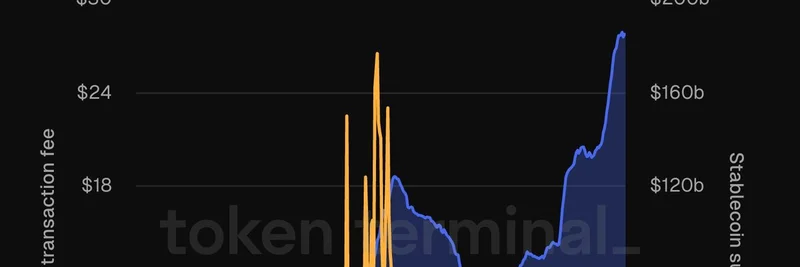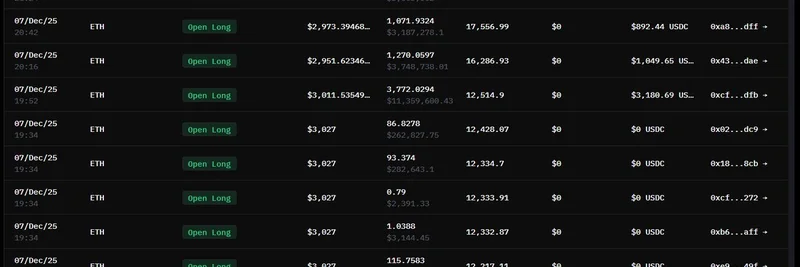Hey there, crypto enthusiasts and blockchain practitioners! If you’ve been keeping an eye on the traditional finance (TradFi) world, you might have stumbled across a hot topic on X: the Figma IPO in 2025. John Wang, a vocal critic, dropped a thread (check it out here) that’s got everyone talking about a potential $2.3 billion loss due to underpricing. Let’s break it down in a way that’s easy to digest, even if you’re more used to meme tokens than stock markets!
What’s the Figma IPO All About?
Figma, a popular design platform, went public with an initial share price of $33, valuing the company at around $19.3 billion according to Kiplinger. But here’s the kicker: the target opening price jumped to $95 on day one! That’s almost triple the IPO price, and it’s got people like John Wang crying foul. He argues this isn’t just “market excitement”—it’s a deliberate move by investment banks to underprice the stock, letting their institutional buddies cash in while retail investors (that’s you and me!) get stuck paying more later.
The $2.3 Billion Question
Wang’s thread highlights that Figma left $2.3 billion on the table—nearly double the amount they raised. He compares this to past IPOs like DoorDash ($3.4B lost) and Airbnb ($3.5B lost), suggesting a pattern since 2020 where over $100 billion has been “stolen” from founders, employees, and retail investors. The idea? Banks underprice shares by 20-40%, create artificial scarcity, and sell cheap to their insider network, ensuring a big “pop” on opening day. Retail investors then jump in, acting as “exit liquidity” for those early buyers.
How Does This Work?
Let’s simplify it. When a company like Figma goes public, investment banks (think Goldman Sachs) help set the IPO price. They use a process called book-building, gathering bids from institutional investors in closed-door roadshows. The price is often set lower than the market might bear to guarantee a successful launch—and to line the banks’ pockets with fat fees (up to 7% of the proceeds!). When the stock pops on day one (Figma’s 40x oversubscription is a clue), the banks and their clients win big, while the company and its shareholders miss out.
Is It Really Theft?
Not everyone agrees with Wang’s “legalized theft” label. Some X users, like @resaang, argue it’s a trade-off: underpricing brings liquidity, investor confidence, and media buzz, which can help future fundraising. Others, like @knowclarified, point out that Figma chose its underwriters and could have opted for a direct listing or auction model (like Google’s 2004 IPO) for better price discovery. Still, the lack of transparency and the exclusion of retail investors from the initial pricing process raise eyebrows.
TradFi vs. Crypto: Same Game, Different Players
Wang draws a parallel to crypto, where VCs, centralized exchanges (CEXs), and market makers extract value from retail. In TradFi, it’s investment banks, hedge funds, and exchanges like NYSE doing the same—just on a massive scale. For blockchain practitioners, this might feel familiar: the rent-seeking behavior mirrors some of the issues meme token launches face. Could decentralized finance (DeFi) offer a solution? That’s a topic for another day!
What Does This Mean for You?
If you’re into meme tokens or blockchain, this saga highlights the power dynamics in traditional markets. It’s a reminder to dig into the mechanics behind any investment—whether it’s a new $DOGE coin or a hyped IPO. For Figma, the underpricing debate might fade as the stock settles, but it’s sparked a broader conversation about fairness in finance.
What do you think? Is this a scandal or just business as usual? Drop your thoughts in the comments, and stay tuned to meme-insider.com for more insights into the wild world of finance and crypto!




